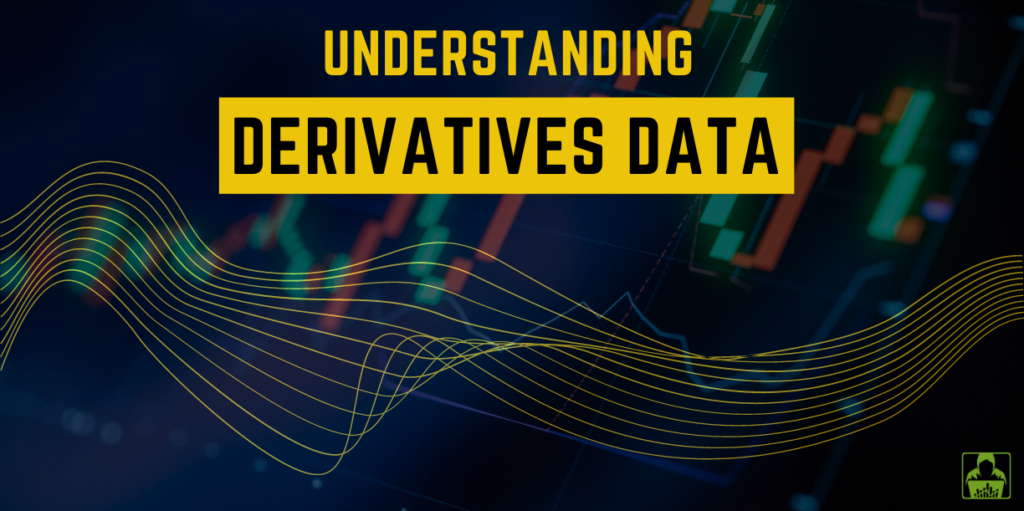Introduction
Cryptocurrency markets have become increasingly popular in recent years. Unlike traditional financial markets, they are largely retail-driven, meaning that individual traders, rather than institutional investors, are the primary participants. This has led to a high degree of volatility and rapid price movements, making them both exciting and potentially lucrative for traders.
Why pay attention to crypto derivatives data?
Crypto markets are unique in that they offer a variety of trading instruments, including spot markets, futures contracts, and options. Derivatives data, such as changes in Open Interest and trader positions, can provide valuable insights into market sentiment and help traders make more informed decisions. By monitoring these metrics, traders can gain an edge in their trading strategies and potentially profit from market movements.
Using derivatives data for trading
One strategy that traders can use is to execute into liquidations. In a highly leveraged market, traders who have taken out large positions can be forced to liquidate their positions if the market moves against them. This can create a cascade effect, causing prices to move rapidly in one direction. By monitoring liquidation levels, traders can enter into positions in anticipation of these movements.
Another strategy is to participate in a squeeze based on funding rates. Futures contracts typically trade at a premium or discount to the spot price, with the difference known as the funding rate. When the funding rate is high, traders who are shorting the market must pay a fee to those who are long. This can create a situation where traders who are long the market hold onto their positions, causing prices to rise further. By monitoring funding rates and market sentiment, traders can potentially profit from these squeezes.
To build a trading system using derivatives data, traders can combine these strategies with popular price action concepts such as support and resistance levels, trend lines, and moving averages. By using technical analysis in conjunction with derivatives data, traders can develop a more comprehensive understanding of market conditions and make more informed trading decisions.
Conclusion
In summary, monitoring derivatives data is a crucial component of successful cryptocurrency trading. By paying attention to Open Interest, trader positions, liquidation levels, and funding rates, traders can gain valuable insights into market sentiment and potentially profit from market movements. By incorporating these strategies into a trading system that uses technical analysis, traders can develop a more comprehensive approach to trading cryptocurrencies.










